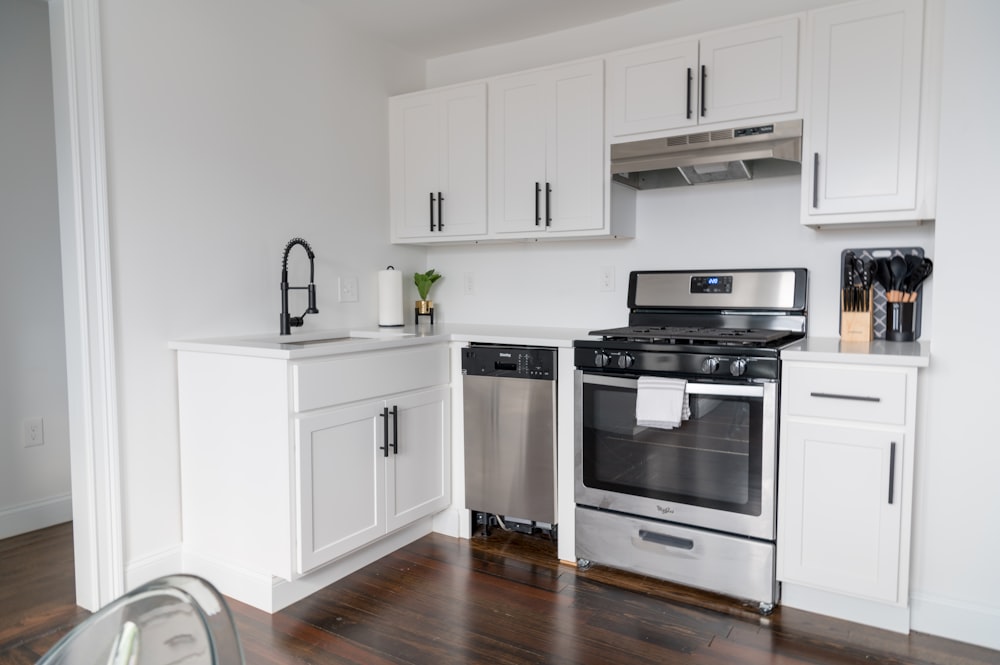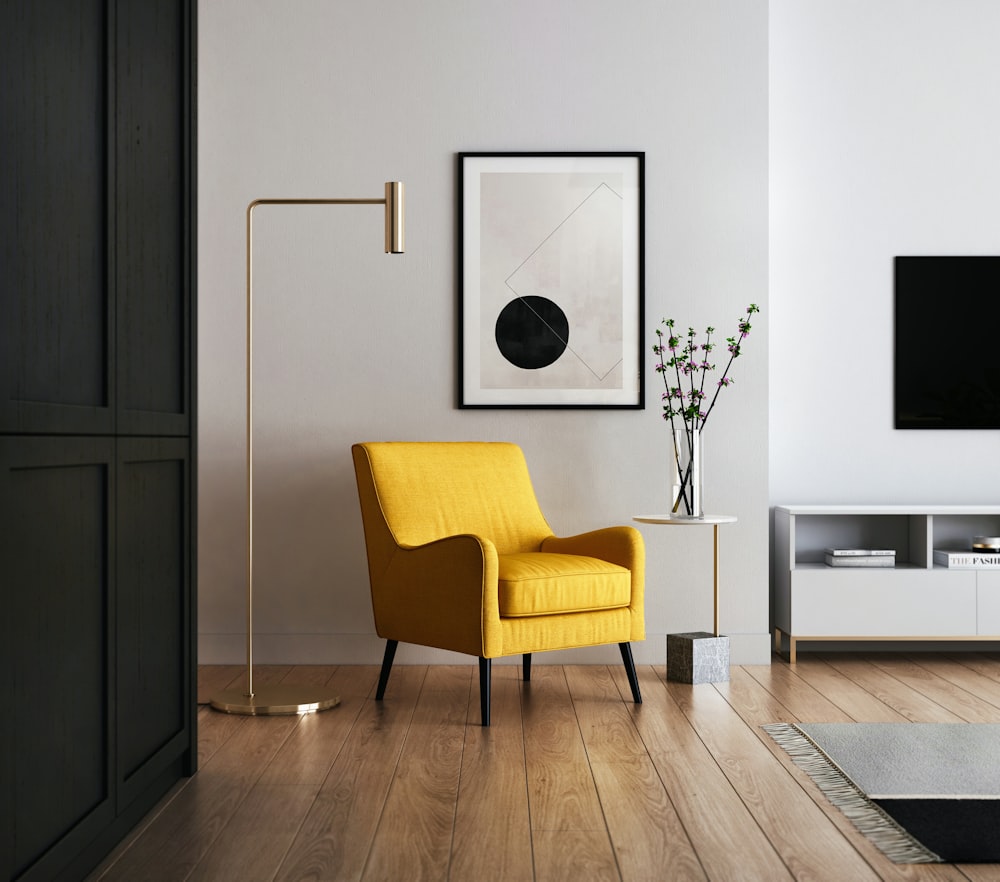efficient space
Sleek Simplicity Minimalist Small House Design Ideas
Exploring Sleek Simplicity: Minimalist Small House Design Ideas
Embracing Minimalism in Small Spaces:
In today’s fast-paced world, the trend of minimalist living has gained immense popularity, especially in small houses. Embracing minimalism in small house design is not just about creating a visually appealing space; it’s about fostering a lifestyle focused on simplicity, functionality, and tranquility.
Maximizing Space Efficiency:
One of the key principles of minimalist small house design is maximizing space efficiency. Every square inch of the house is carefully considered and utilized to its fullest potential. This often involves clever storage solutions, such as built-in cabinets, multifunctional furniture, and hidden storage compartments, to keep clutter at bay and maintain a sense of openness.
Clean Lines and Simple Aesthetics:
Minimalist small house design is characterized by clean lines and simple aesthetics. Furniture and decor are chosen for their sleek, streamlined silhouettes, creating a sense of visual harmony and flow throughout the space. By minimizing ornamentation and keeping the design uncluttered, the focus is placed on the essential elements of the room, creating a serene and inviting atmosphere.
Neutral Color Palettes:
Neutral color palettes are a hallmark of minimalist small house design. Shades of white, beige, gray, and taupe dominate the color scheme, creating a sense of lightness and airiness in the space. These neutral hues serve as a versatile backdrop for pops of color or texture, allowing for easy customization and personalization of the interior decor.
Optimizing Natural Light:
In minimalist small house design, natural light is considered an essential element in creating a sense of spaciousness and connection with the outdoors. Large windows, skylights, and glass doors are often incorporated into the design to maximize natural light penetration and enhance the feeling of openness in the space. Additionally, strategically placed mirrors can help to reflect light and visually expand the room.
Functional Furniture Choices:
When it comes to furnishing a minimalist small house, functionality is key. Multi-functional furniture pieces, such as Murphy beds, extendable dining tables, and storage ottomans, are ideal for maximizing space efficiency and versatility. Additionally, opting for furniture with built-in storage solutions helps to minimize clutter and maintain a clean and organized environment.
Utilizing Vertical Space:
In small house design, utilizing vertical space is essential for maximizing storage and living areas. Floor-to-ceiling shelving units, wall-mounted cabinets, and lofted sleeping areas are effective ways to make the most of limited square footage. By taking advantage of vertical space, you can free up valuable floor space and create a more open and airy feel in the house.
Incorporating Natural Elements:
Bringing elements of nature into the interior design is a key aspect of minimalist small house design. Natural materials such as wood, stone, and bamboo add warmth and texture to the space, creating a cozy and inviting atmosphere. Additionally, indoor plants and greenery can help to purify the air and bring a sense of vitality and freshness to the interior.
Decluttering and Simplifying:
Central to minimalist small house design is the concept of decluttering and simplifying. By
Contemporary Tiny Living Minimalist Home Inspiration
Exploring Contemporary Tiny Living: Minimalist Home Inspiration
Embracing the Tiny Living Movement:
In recent years, the tiny living movement has gained significant traction as more people seek to simplify their lives and reduce their environmental footprint. Embracing the philosophy of “less is more,” tiny living advocates for living in smaller, more efficient spaces that prioritize quality over quantity.
The Appeal of Minimalist Home Design:
At the heart of contemporary tiny living is minimalist home design. Minimalism emphasizes clean lines, simplicity, and functionality, creating spaces that are both aesthetically pleasing and highly efficient. Minimalist homes are free from clutter and excess, allowing residents to focus on what truly matters and live more intentionally.
Maximizing Space Efficiency:
One of the key principles of minimalist home design in tiny living is maximizing space efficiency. Every square inch of the home is carefully considered and utilized to its fullest potential. This often involves creative storage solutions, multifunctional furniture, and innovative design techniques to make the most of limited space.
Sleek and Streamlined Aesthetics:
Contemporary tiny living spaces are characterized by sleek and streamlined aesthetics. Furniture and decor are chosen for their clean lines and minimalist silhouettes, creating a sense of visual harmony and cohesion throughout the home. By keeping the design simple and uncluttered, tiny living spaces feel open, airy, and inviting.
Natural Light and Openness:
In minimalist tiny homes, natural light plays a crucial role in creating a sense of openness and spaciousness. Large windows, skylights, and glass doors are often incorporated into the design to maximize natural light penetration and blur the boundaries between indoor and outdoor spaces. This not only enhances the aesthetic appeal of the home but also promotes a greater sense of connection with nature.
Neutral Color Palettes:
Neutral color palettes are commonly used in minimalist tiny homes to create a sense of calm and tranquility. Shades of white, beige, gray, and taupe dominate the color scheme, providing a versatile backdrop for pops of color or texture. Neutral colors also help to visually expand the space, making it feel larger and more expansive than it actually is.
Functional and Versatile Furniture:
In tiny living, every piece of furniture must serve a purpose and maximize space efficiency. Functional and versatile furniture pieces, such as Murphy beds, fold-out tables, and storage ottomans, are ideal for optimizing space in minimalist homes. These multifunctional pieces help to create a more flexible and adaptable living environment, allowing residents to make the most of their limited space.
Minimalist Decor and Accessories:
When it comes to decor, less is often more in minimalist tiny homes. Decor and accessories are chosen thoughtfully and sparingly, with an emphasis on quality over quantity. Simple, understated pieces add personality and warmth to the space without overwhelming it with clutter. By keeping decor minimal, tiny living spaces feel calm, balanced, and inviting.
Embracing Sustainable Living Practices:
In addition to minimalist design principles, contemporary tiny living also embraces sustainable living practices. From energy-efficient appliances to eco-friendly building materials, tiny homes are designed


